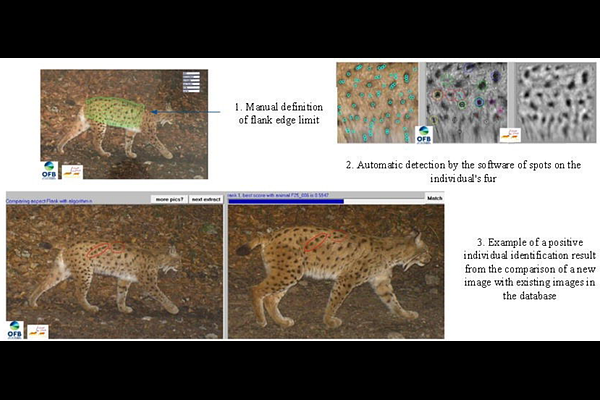What if wildlife health surveillance was not just for veterinarians? - Opportunistic use of population monitoring by camera traps for syndromic surveillance of the Eurasian lynx (Lynx lynx)

What if wildlife health surveillance was not just for veterinarians? - Opportunistic use of population monitoring by camera traps for syndromic surveillance of the Eurasian lynx (Lynx lynx)
Lenglin, L.; Chenesseau, D.; Blin, L.; BASTIAN, S.; Borel, S.; Ryser-Degiorgis, M.-P.; Zimmermann, F.; Toulet, N.; Lemberger, K.; Gourlay, P.; Decors, A.
AbstractFifty years after the reintroduction of the Eurasian lynx Lynx lynx to the Vosges and Swiss Jura mountains, the species remains in danger of extinction in France. The main threats it faces are habitat fragmentation, high anthropogenic mortality (mainly vehicle collision but also illegal killing) and low genetic diversity, but little is known about the importance of disease. Camera trapping surveillance provides crucial information for understanding population health status but includes many biases. To be more efficient, surveillance must combine several modalities. This work first presents the development of a protocol for clinical data collection by camera trapping, intended for biologists in charge of the population\'s monitoring. This method was then applied to the 3574 events, i.e. 270 identified individuals, present between 1997 and 2020 in the lynx photo identification database of the Wolf-Lynx Network (Reseau Loup-Lynx) of the French Biodiversity Agency (Office Francais de la Biodiversite). Seventeen percent of the lynx studied showed at least one change indicative of disease. The most common changes were skin disorders. The others were body condition, ocular or locomotor changes, lack of auriculas and rarely respiratory, behavioral, or digestive troubles. The latter changes were concentrated at the end of the study period, which also corresponded to the period with the most camera traps and therefore the most data. Finally, these observations complemented postmortem surveillance of the French lynx population carried out by the French network of epidemiological surveillance (Reseau SAGIR).